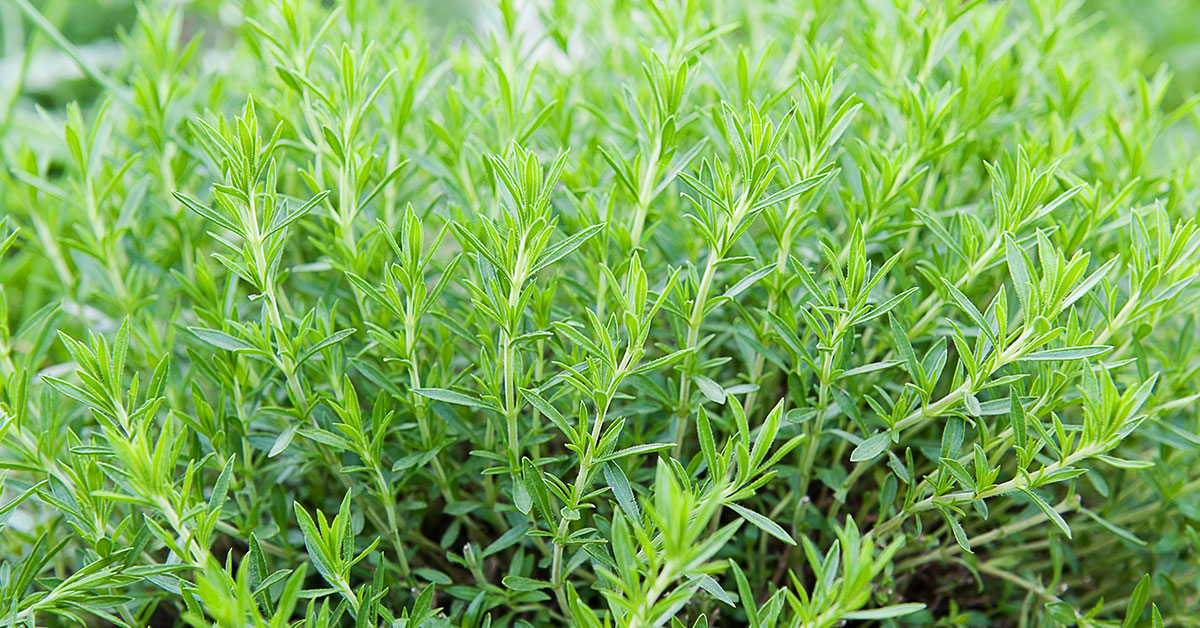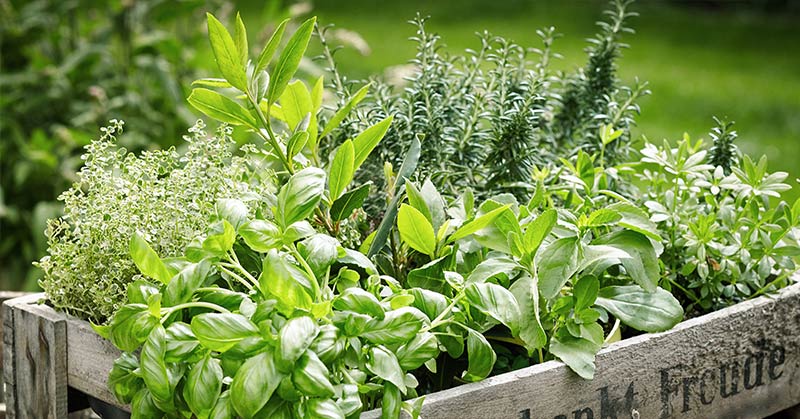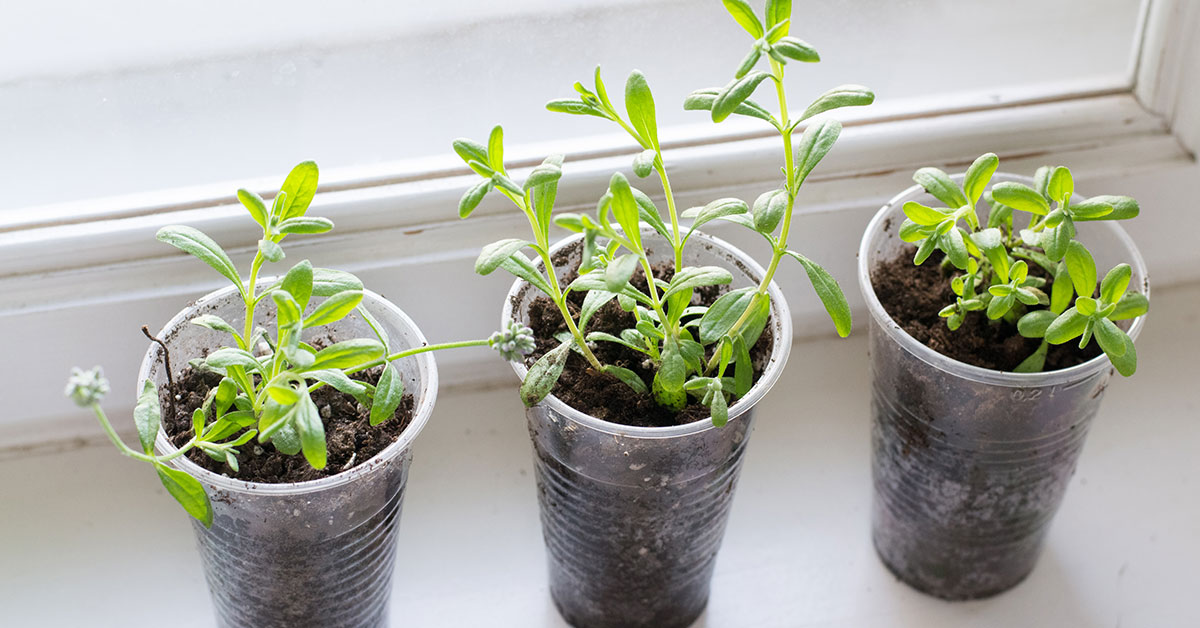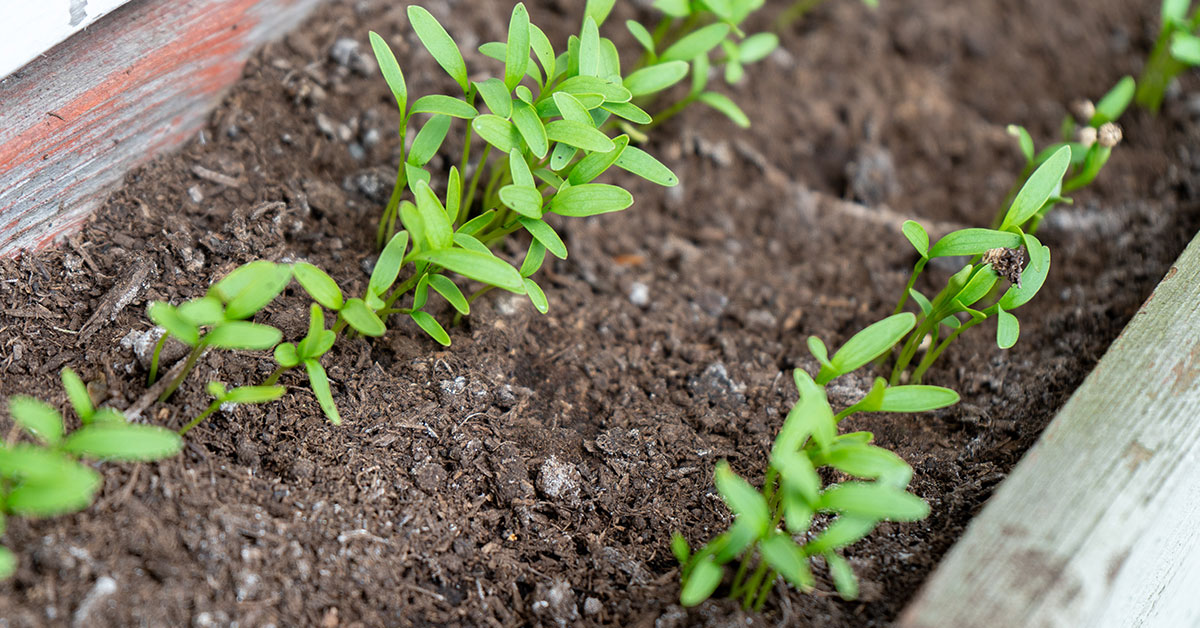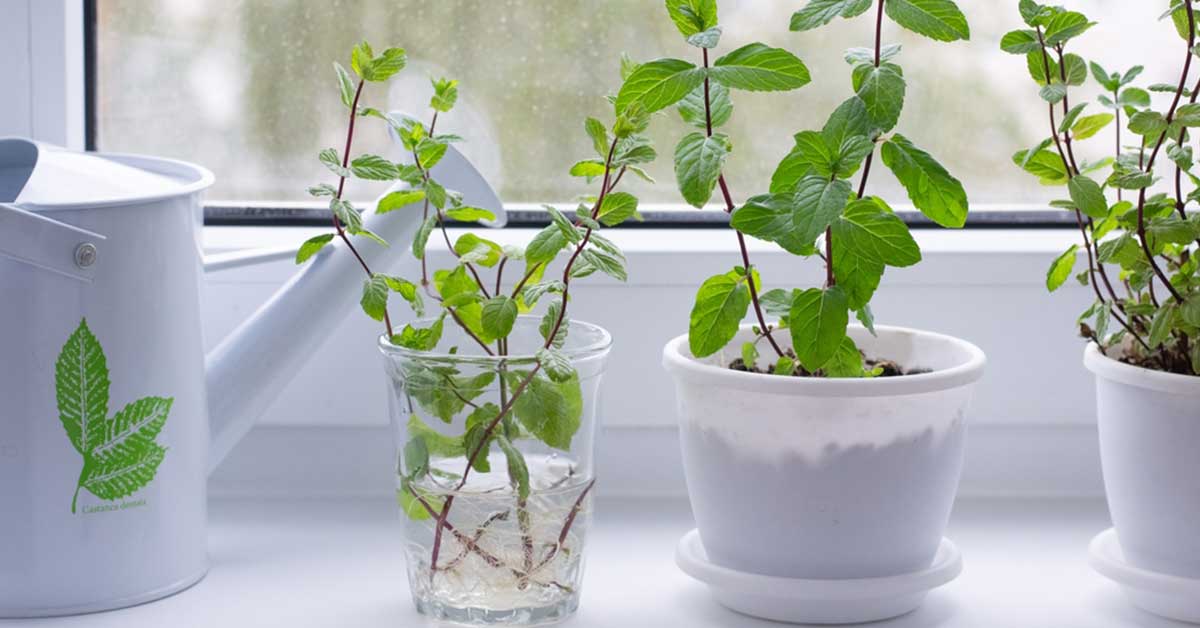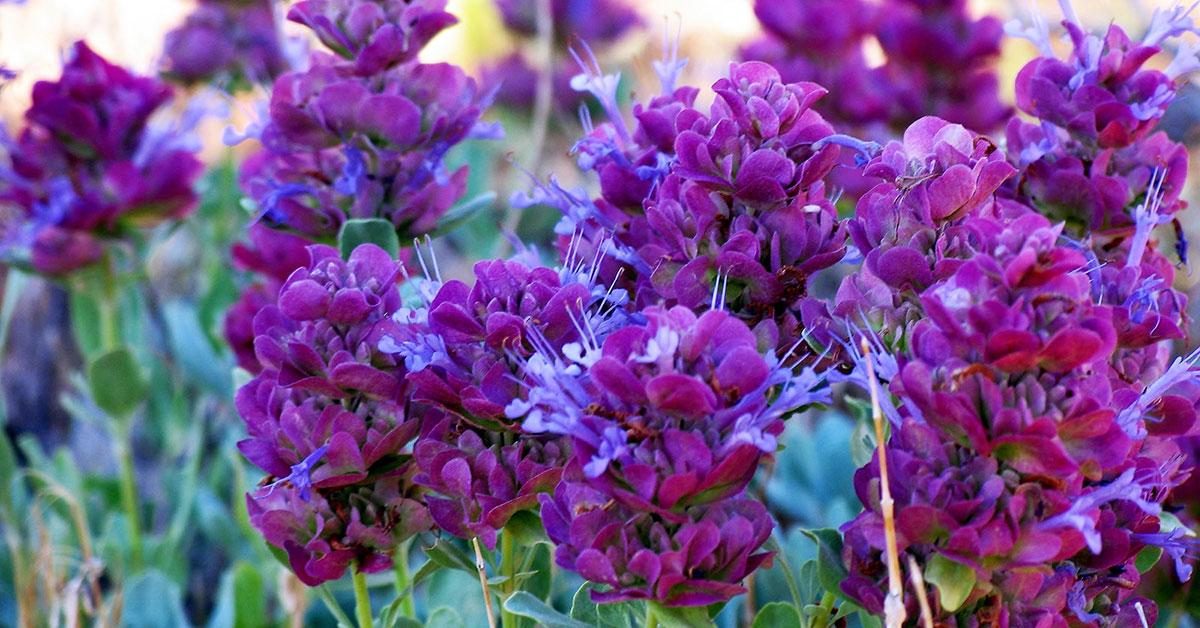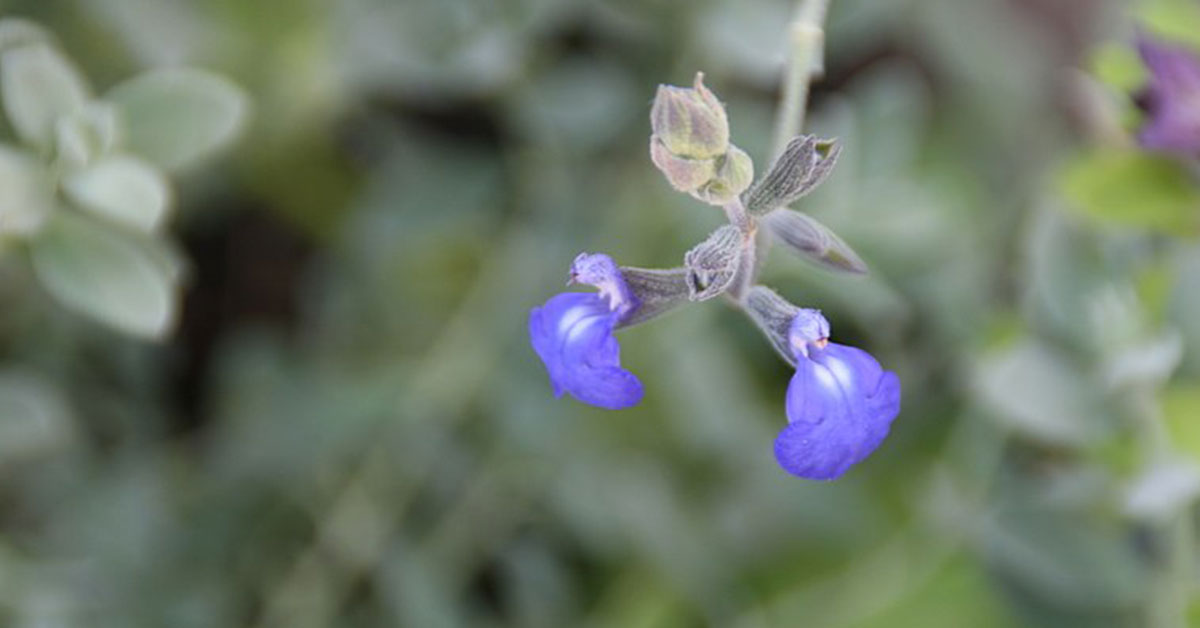Tarragon is a delicate and flavorful herb that is popular in French cuisine, but it can be a bit tricky to grow at home. However, with the right growing conditions and a little care and attention, anyone can grow this tasty herb in their own backyard or windowsill garden.
In this article, we’ll take a look at everything you need to know about growing tarragon, including the best planting location, soil conditions, watering, and harvesting tips. Whether you’re an experienced gardener or a novice looking to grow your own herbs, you’ll find everything you need to know about growing tarragon in this comprehensive guide.
What is tarragon?
Tarragon is a herb that is widely used in cooking for its distinctive flavor and aroma. It is native to Eurasia and is a member of the sunflower family. It has long, thin, light-green leaves that are slightly glossy and grow in clusters. It has a sweet and slightly anise-like flavor that is often described as a blend of licorice, fennel, and basil.
It is a popular herb in French cuisine, where it is used in sauces such as béarnaise and hollandaise, as well as in chicken and fish dishes. It is also commonly used in Eastern European and Russian cuisines. Tarragon is rich in vitamins and minerals, including vitamins A and C, potassium, and calcium. It is also believed to have some medicinal properties, such as reducing inflammation and improving digestion.
What does tarragon taste like?
Tarragon has a unique and distinct flavor that is often described as slightly sweet, with notes of anise or licorice. It has a delicate aroma that is both slightly bitter and slightly minty, and its flavor is somewhat similar to fennel or basil, but with a more intense and distinctive taste.
Fresh tarragon leaves have a stronger flavor than dried leaves and are commonly used in French cuisine, especially in sauces like béarnaise or hollandaise, and in chicken or fish dishes. It pairs well with other herbs such as chives, parsley, and thyme, and is often used to add flavor to vinegars, oils, and marinades.
How to grow tarragon
Tarragon can be planted either from seeds or cuttings, but it is easiest to propagate it from cuttings or root divisions. Here are the steps for planting tarragon:
- Choose a planting location: This herb grows best in well-drained soil and full sun. It prefers a soil pH of 6.0 to 7.5, and it’s important to choose a location that has good air circulation.
- Prepare the soil: Add organic matter such as compost or aged manure to the soil to improve drainage and nutrient content. It prefers soil that is slightly alkaline, so you may need to adjust the pH if your soil is too acidic.
- Plant the tarragon: If you are using cuttings, take a 4- to 6-inch cutting from a healthy plant, and remove the leaves from the bottom two-thirds of the stem. Dip the cut end of the stem in rooting hormone and plant it in the prepared soil, burying it up to the first set of leaves. If you are using root divisions, gently separate the roots and plant them at the same depth as they were in their original location.
- Water the tarragon: Water the newly planted herb thoroughly, and then keep the soil evenly moist but not waterlogged. It is sensitive to overwatering, so it’s important to avoid keeping the soil too wet.
- Mulch and fertilize: Mulch around the base of the plant to help retain moisture and suppress weeds. Fertilize once or twice a year with a balanced fertilizer to promote healthy growth.
- Harvest the tarragon: Once the plant is established, you can begin harvesting the leaves. It’s best to harvest the leaves in the morning when the essential oils are most concentrated. Cut the stems just above a set of leaves to encourage bushy growth.
Harvesting
Tarragon is a perennial herb that can be harvested throughout the growing season, but it’s best to harvest it before it starts to flower. Here’s how to harvest tarragon:
- Timing: This herb can be harvested as soon as it has enough leaves to use. However, for the best flavor, wait until the plant has matured, which usually takes about 3 to 4 months after planting. Harvest tarragon in the morning when the leaves are most flavorful.
- Method: Tarragon is a leafy herb, and the leaves are the part of the plant that are used in cooking. Use sharp, clean scissors or pruning shears to snip off the top 4 to 6 inches of stem, just above a set of leaves. Avoid harvesting more than one-third of the plant at a time, as this can damage the plant and reduce its growth.
- Storage: Fresh tarragon can be used immediately or stored in the refrigerator for up to a week. You can also preserve it by drying or freezing it. To dry tarragon, hang the stems upside down in a warm, dry place until they are completely dry, then remove the leaves from the stem and store them in an airtight container. To freeze this herb, chop the leaves and place them in an ice cube tray, cover with water, and freeze. The frozen cubes can be used in soups, stews, and sauces throughout the year.
Overall, tarragon is a flavorful and versatile herb that can be used in a variety of dishes. By harvesting it at the right time and using the proper methods, you can enjoy its unique flavor throughout the growing season and beyond.
Storing
Fresh tarragon can be stored for a short period of time in the refrigerator or for a longer period of time by drying or freezing it. Here are the ways to store tarragon:
- Refrigeration: Fresh tarragon can be stored in the refrigerator for up to a week. First, wrap it in a damp paper towel or store it in a plastic bag with a damp paper towel to keep it moist. Place the wrapped tarragon in the vegetable crisper of your refrigerator.
- Drying: This herb can be dried by hanging the stems upside down in a warm, dry place until they are completely dry. Once the leaves are dry, remove them from the stem and store them in an airtight container in a cool, dark place. Dried tarragon can last for up to a year.
- Freezing: Another way to preserve tarragon is to freeze it. Chop the fresh tarragon leaves and place them in an ice cube tray. Cover the tarragon with water or olive oil and freeze until solid. Once frozen, transfer the tarragon cubes to a freezer bag and store in the freezer for up to 6 months. You can add the frozen tarragon cubes directly to soups, stews, or sauces as needed.
Overall, the best way to store tarragon depends on how long you want to preserve it and how you plan to use it. By following these simple storage methods, you can enjoy the unique flavor of tarragon in your cooking throughout the year.
Uses
Tarragon is a versatile herb that is commonly used in French cuisine but can also be used in a variety of other dishes. Here are some common uses for tarragon:
- Sauces: It is often used to flavor classic French sauces such as béarnaise and hollandaise. It is also a key ingredient in the traditional French herb blend, fines herbes.
- Chicken and fish dishes: This herb pairs well with chicken and fish and can be used to flavor marinades, rubs, and sauces.
- Salads: Tarragon adds a fresh, herbaceous flavor to salads and salad dressings.
- Eggs: It can be added to scrambled eggs, omelets, or quiches to add a subtle anise-like flavor.
- Vinegars and oils: Tarragon can be infused into vinegars and oils to add flavor to salad dressings and marinades.
- Vegetables: This herb can be used to flavor roasted or steamed vegetables such as carrots, potatoes, and green beans.
- Beverages: It can be used to flavor herbal teas or to add a unique twist to cocktails such as the classic French drink, the tarragon gimlet.
Overall, tarragon’s unique flavor and aroma make it a versatile herb that can be used in a variety of dishes to add a distinctive and delicious flavor.
